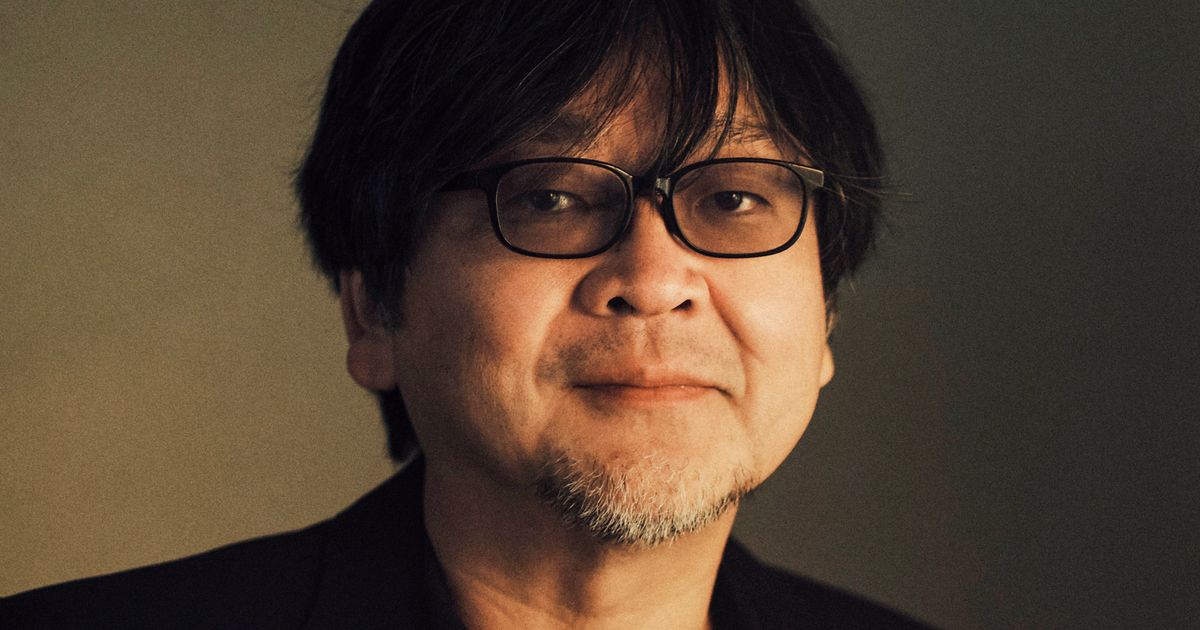
"In Hosoda's gender-swapped retelling, a medieval princess watches as her father is publicly executed and usurped, and she swears revenge. The director gives her a conscience and companion in Hijiri, a nurse from present-day Japan who attempts to show her that she deserves a life of peace. Nonetheless, her bloodlust propels her through a liminal purgatory called Otherworld, a desert plane of reality ravaged by war, rife with innocent victims, and haunted by rootless spirits like her."
"Like his Japanese filmmaking peer Hayao Miyazaki, Hosoda has found international acclaim by making movies about young heroes, often girls, on the path to adulthood. After signing on as director of Studio Ghibli's Howl's Moving Castle and being replaced by Miyazaki himself, Hosoda's directing career blossomed. His films that followed, including character-driven fantasies like The Girl Who Leapt Through Time, techno-fables like Belle, and slice-of-life family dramas like Wolf Children and the Oscar-nominated Mirai,"
Mamoru Hosoda made Scarlet from a deep concern about a world in which children die. Scarlet is a fantastical, gender-swapped adaptation of Hamlet that centers on a medieval princess whose father is publicly executed and usurped, prompting her vow of revenge. A present-day nurse named Hijiri becomes her conscience and companion, urging her toward peace even as her bloodlust drags her through Otherworld, a war-ravaged purgatory filled with innocent victims and rootless spirits. Studio Chizu renders Otherworld with tactile textures, crisp action, and uncanny verisimilitude, using fantasy to represent and abstract human struggles and the costs of war.
Read at Vulture
Unable to calculate read time
Collection
[
|
...
]